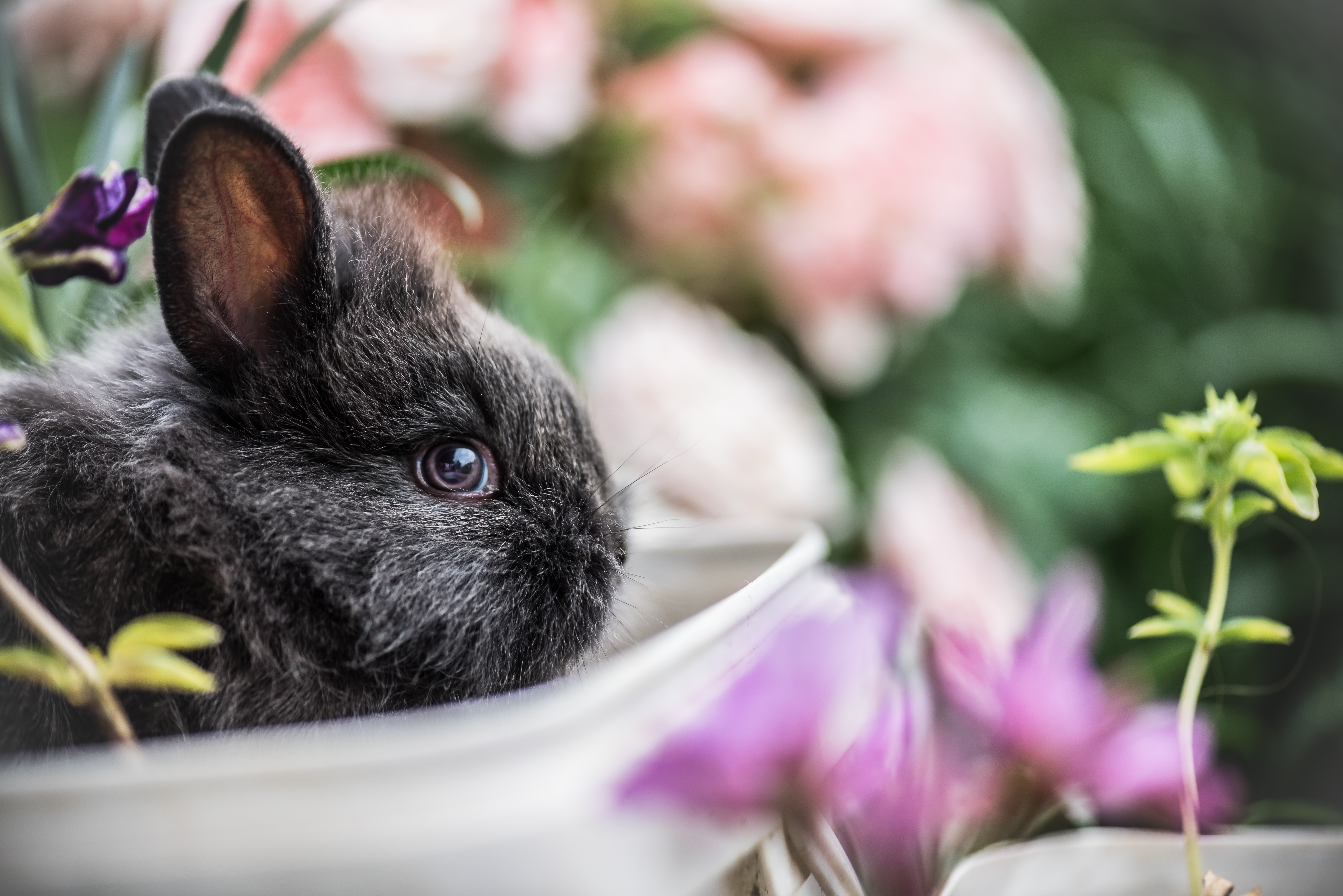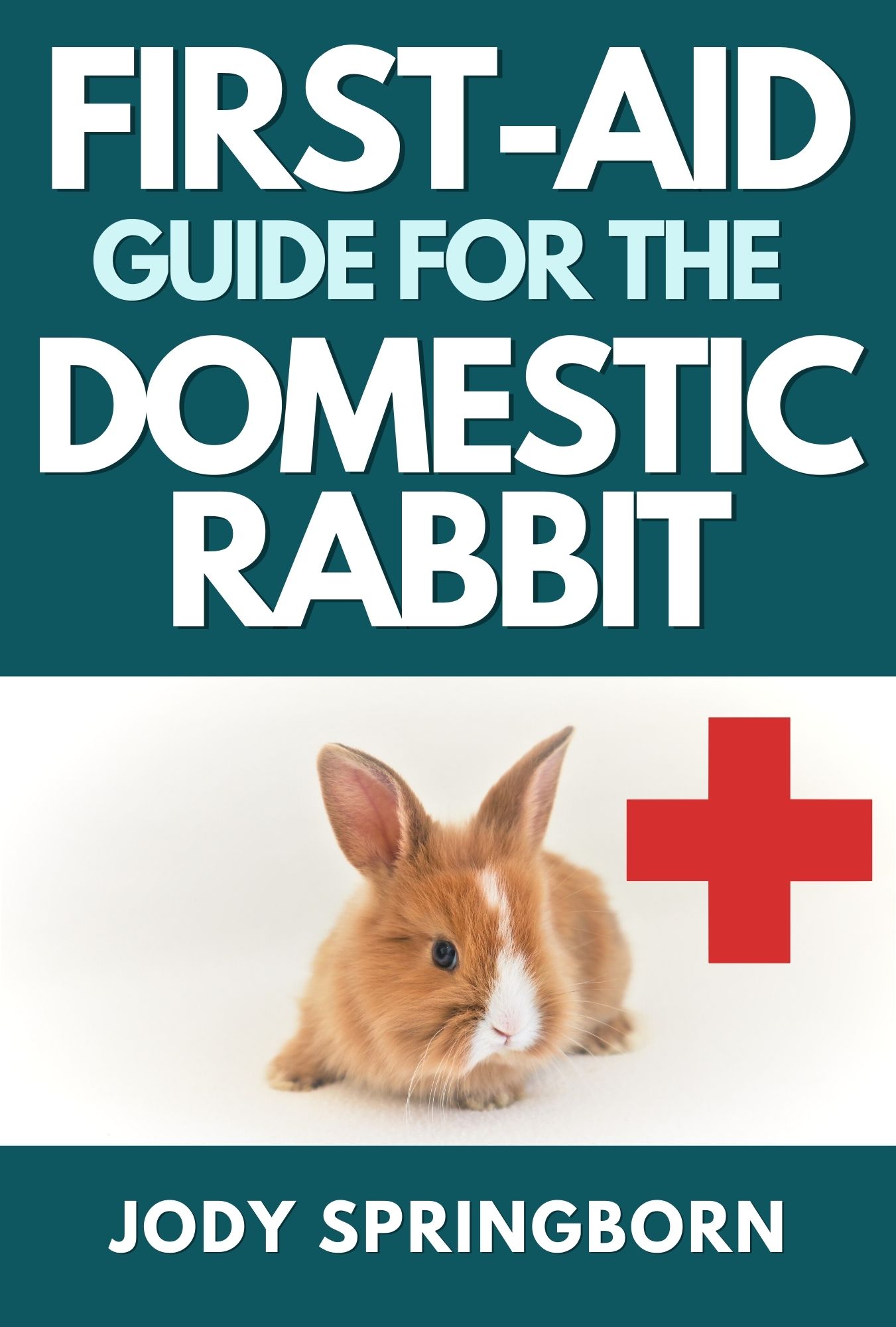- Home
- Rabbit Care Summary
Rabbit Care Summary
 Photo by Diana Macesanu on Unsplash
Photo by Diana Macesanu on UnsplashThere is a lot to know about proper rabbit care. Here's a summary of the most important points. Click on the links for further details and explanations.
Diet
- The majority of a rabbit's diet should be hay (about 75-80%), followed by veggies (15-20%) and last pellets and treats (5%).
- Veggies generally consist of lettuces and herbs.
- Carrots and fruits are a treat!
- Be sure to feed a high-quality pellet.
Feeding your bunny right is one of the most important things you can do as an owner. For further details, click here.
Housing
- The minimum size for 1-2 bunnies (approximately 5-6lbs) is a 4x4 exercise pen. For further explanation on the type of enclosure, read Rabbit Cages and Other Terrible Ideas.
- Bunnies should live indoors.
- Protect your belongings and rabbits - bunny-proof your house!
- Don't get a rabbit for your classroom.
Setting up your bunny in a place where he gets to interact with you daily, as well as giving him plenty of space to run, stretch out and relax, will ensure you have a happy and well-socialized rabbit.
Litter Boxes
- Rabbits will take to the litter box quite naturally.
- Rabbits will utilize the litter box differently than cats.
- You must use rabbit-safe litter. Do NOT use litter meant for cats. Avoid pine and cedar shavings.
- Unneutered or unspayed rabbits are less likely to use the litter box consistently, as urine and poop are more often used to mark territory.
Rabbits use their litter boxes for several things. To learn more about setting up and training your bunny, click here. It is very important that you use the right sort of bunny-safe bedding. Click here to read more.
Handling and Transporting Your Bunny
- Rabbits generally hate to be picked up and carried. They feel like a predator is about to eat them. Although handling rabbits all day, every day is not a good idea, it is important to learn how to handle them safely.
- There are a couple of different ways. The important thing is that the back legs are supported.
- Do NOT scruff (carry your bunny like a mother cat carries her kittens). Do NOT hold bunnies by their ears (it's painful).
- Transport your bunnies in a hard-sided carrier.
- If your bunny has a buddy, make sure the friend comes along to help minimize stress.
Although handling causes rabbits a great deal of stress, you need to be confident. Rabbits can sense when their owners are nervous. Here are some tips to help.
Transporting is inevitable. Read here on how to transport your bunny in a car for short trips, or longer trips in car or airplane.












